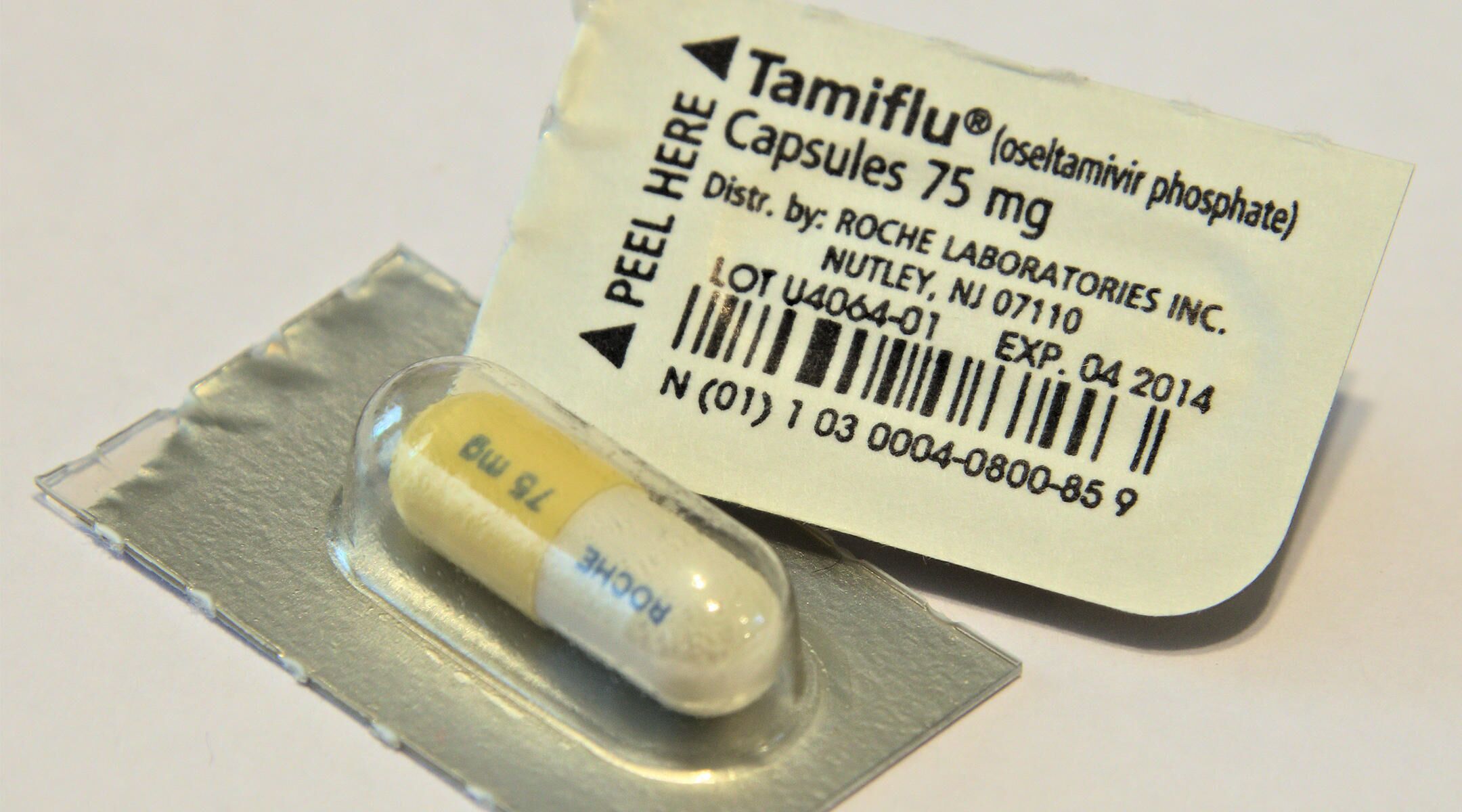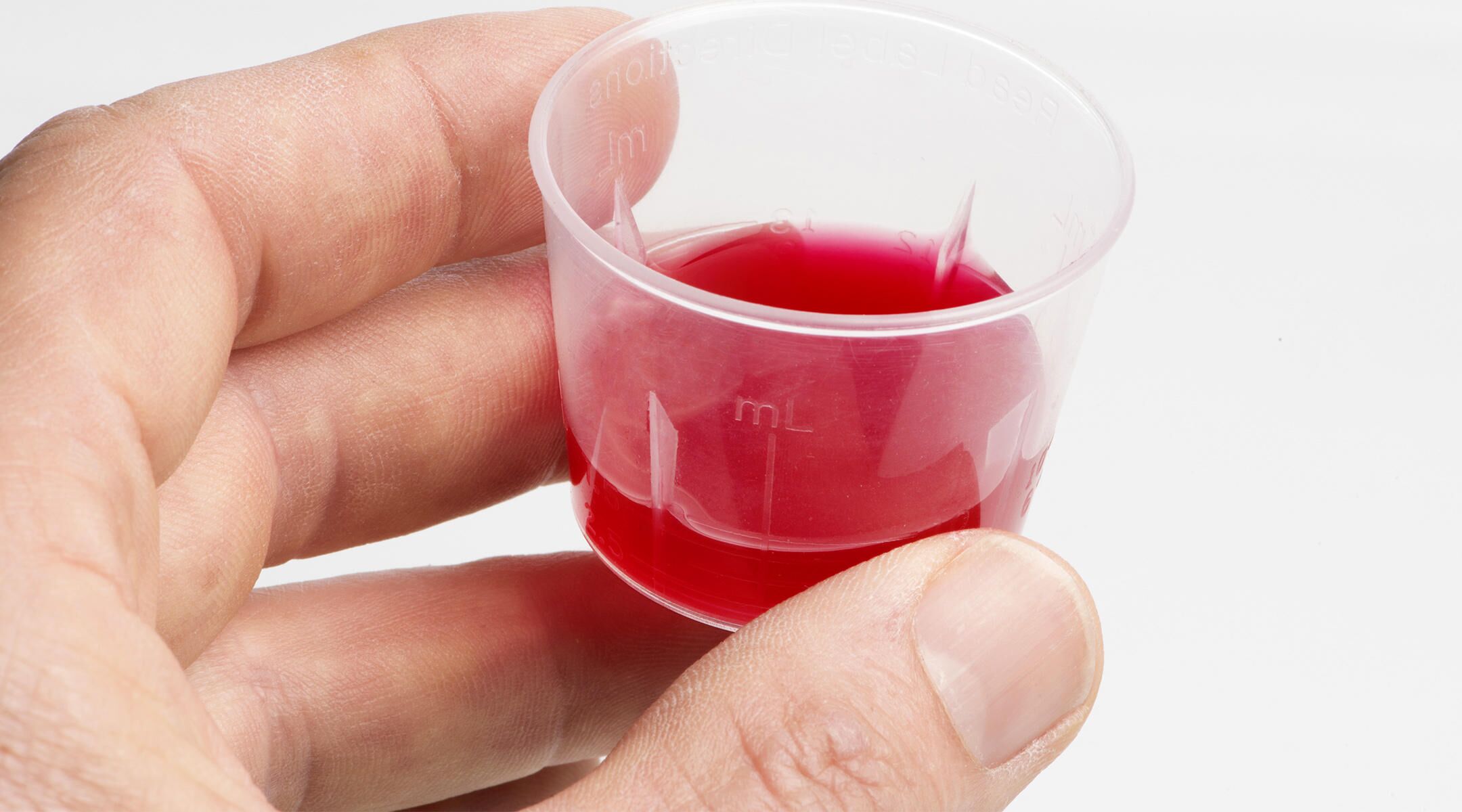When to Give Baby Ibuprofen
You don’t have to be an experienced mom to know about baby acetaminophen (aka Infants’ Tylenol). While scientists are still unclear how it works (there are several theories, including its ability to affect chemical messengers in the brain), the drug has been used to relieve fevers and soothe mild pain (such as from earaches) in babies as young as 12 weeks old. When your child reaches the six-month mark, however, you have a new choice when it comes over-the-counter pain relief for baby: ibuprofen—typically in the form of Infants’ Motrin or Infants’ Advil.
Ibuprofen blocks the formation of substances called prostaglandins, which trigger the sensation of pain, swelling and inflammation. That’s why the drug is recommended for fevers as well as pain (such as earaches and toothaches). Like acetaminophen, dosage is according to weight, not age, so read the dosage instructions carefully and weigh baby first. “Often when parents call me to say the medicine isn’t working, but it’s because the child has grown since the last time they gave her an ibuprofen and they haven’t readjusted the dosage,” says Tanya Altmann, MD, founder of Calabasas Pediatrics in Calabasas, California.
To get a good idea of baby’s correct weight, Alanna Levine, MD, a New York-based pediatrician, suggests weighing yourself holding baby, then weigh yourself alone and calculate the difference.
Ibuprofen should be taken with food in order to prevent an upset stomach, Levine says. Use only the dropper or cup that comes with the medicine for the most accurate measurement (a kitchen tablespoon won’t cut it). And don’t lose hope if the meds don’t kick in right away—it may take up to 45 minutes for baby to feel better.
When to comes to fevers, the priority is not to give baby medicine, but to make sure she’s comfortable. You should give your little one a pain reliever only if she seems really uncomfortable due to the fever. If that’s the case, acetaminophen and ibuprofen seem to provide similar results. Alternating between the two (aka combination therapy) doesn’t necessarily provide better fever relief than each drug alone—plus, it can increase the risk of improper dosing, so the American Academy of Pediatrics advises against trying that.
As with any drug, ibuprofen comes with benefits and and risks. Side effects in babies can include upset stomach. And because ibuprofen metabolizes in the kidneys and affects blood platelets, parents of children with related medical conditions (say, kidney disease, leukemia or trouble with blood clotting) should talk with their doctor about the appropriate medication. Chances are, acetaminophen would be recommended, says Altmann, who is also author of several parenting books, including the forthcoming Baby and Toddler Basics. However, there are certain situations where ibuprofen is prefered, such as:
• You need longer-lasting pain relief. The effects of ibuprofen lasts six to eight hours, as opposed to acetaminophen’s four to six. So ibuprofen before bedtime may allow for a more comfortable night’s sleep, Altmann says; it may also come in handy when you’re on the road. At home during the day, parents might want to depend on acetaminophen so you can more frequently assess baby’s progress between doses of medication.
• Baby is suffering from moderate to severe pain. While acetaminophen is the go-to for mild to moderate aches, ibuprofen is typically considered more effective on tougher pain.
• If your child suffers from a liver condition. This is rare and something your pediatrician has probably informed you about. Because acetaminophen is metabolized in the liver, ibuprofen would typically be preferable—but always talk to your doctor about the best treatment and dose before giving any medication for your child.
Updated December 2017
Please note: The Bump and the materials and information it contains are not intended to, and do not constitute, medical or other health advice or diagnosis and should not be used as such. You should always consult with a qualified physician or health professional about your specific circumstances.
Plus, more from The Bump:
Navigate forward to interact with the calendar and select a date. Press the question mark key to get the keyboard shortcuts for changing dates.




















































